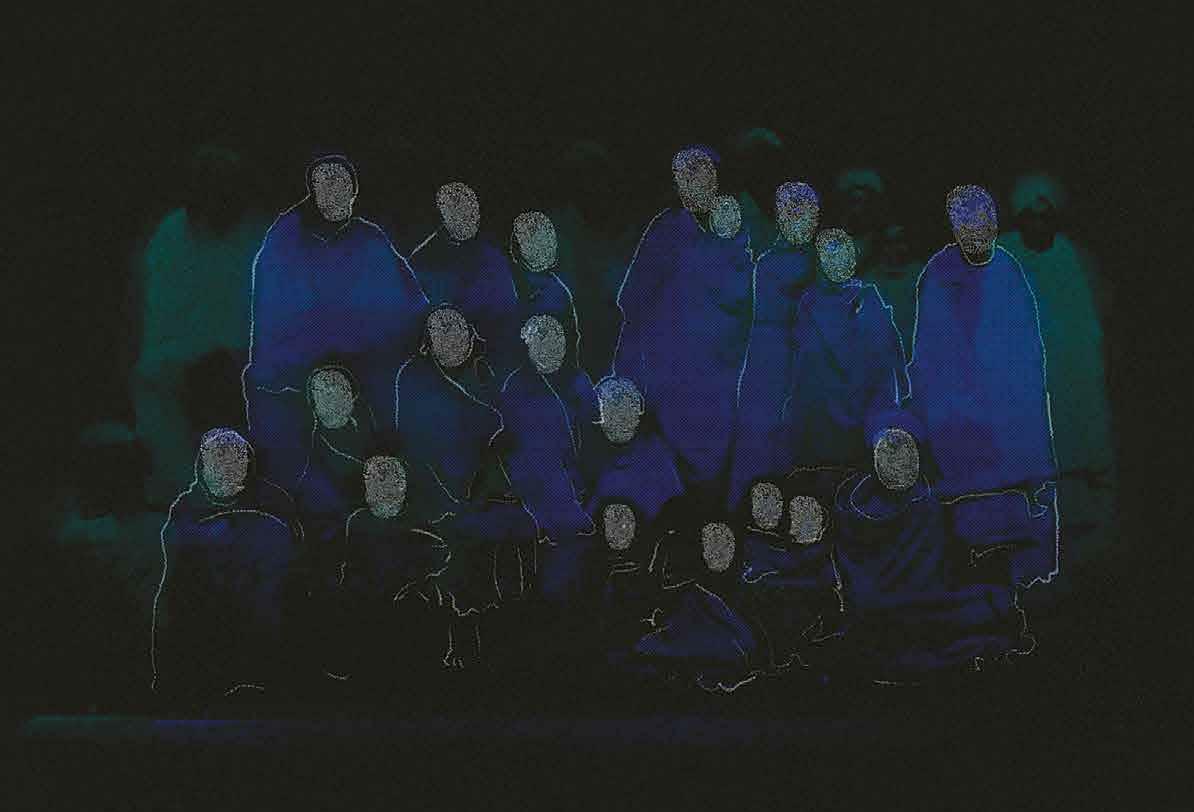Slicing the Pie

A seven-judge constitution bench of the Supreme Court recently suggested that states can now “sub-classify the Scheduled Castes (SCs) and Scheduled Tribes (STs)” in order to help the worst-off sections within these categories.
A longstanding constitutional directive that earlier identified the uniformity of these groups— based on socio-cultural history, like the clause of untouchability for the SCs and geographical alienation for the STs—has thus been radically altered.
The judges remarked that both categories are heterogeneous as certain sections within them have achieved class mobility by utilising the benefits of the reservation policy. It initiated a heated debate over the idea of social justice, the mandate of the reservation policy and its political fallouts.
The Constitutional Mandate
The modern Constitution makers had sincerely acknowledged that the Brahmanical caste system is the most oppressive order against the untouchable castes. The untouchables and Adivasis were denied basic human entitlements and were forced to survive away from the modern developmental processes. Babasaheb Ambedkar provided the needed mantle to their plight and made them a crucial subject in the nationalist deliberation. He utilised modern political ideas and constitutional identities (like the Depressed Classes earlier and later the SCs) to organise the diverse untouchable castes as a unified national bloc, demanding their participation in the modern institutions as crucial partners. He further proposed Buddhist religious conversion to escape the blot of untouchability, inviting them to join the democratic processes as dignified individuals.
Diese Geschichte stammt aus der September 21, 2024-Ausgabe von Outlook.
Starten Sie Ihre 7-tägige kostenlose Testversion von Magzter GOLD, um auf Tausende kuratierte Premium-Storys sowie über 9.500 Zeitschriften und Zeitungen zuzugreifen.
Bereits Abonnent ? Anmelden
Diese Geschichte stammt aus der September 21, 2024-Ausgabe von Outlook.
Starten Sie Ihre 7-tägige kostenlose Testversion von Magzter GOLD, um auf Tausende kuratierte Premium-Storys sowie über 9.500 Zeitschriften und Zeitungen zuzugreifen.
Bereits Abonnent? Anmelden

Coding Careers Climb, Consistently
As digital disruption accelerates, Outlook examines how a premier tech institute is changing the game with steady placement growth and sectoral shifts

Shaping Tomorrow's Leaders
Sri Siddhartha Academy of Higher education: pioneering teamwork and collaboration, offering a transdisciplinary approach for medical, engineering, and management students and research scholars

Building Leaders Through Innovative Education
PIMR Indore is nurturing innovative business leaders, entrepreneurs, thought leaders, policymakers, and agents of social change through research-driven and globally aligned transformative education

Big Dreams, Thin Cast
While India is expanding its foreign service to reflect its evolving role in the world order, it continues to be dwarfed by the diplomatic missions of China and other countries in both size and skill

Engineering Futures
Despite global economic challenges, a premier Indian engineering institute showcases its resilience with robust placement outcomes. Outlook takes a look

Education and Employability
In an ever-evolving employment landscape, Outlook examines a historic Indian university that demonstrates adaptability and growth through its placement outcomes

Shaping Agile Leaders
IMT Ghaziabad achieving excellence and nurturing leadership through knowledge, innovation, tech-readiness, entrepreneurial mindset and sustainability

From placements to Propel'ments
Rather than chasing a dwindling pool of entry-level jobs, young Indians can become creators and deployers of AI solutions that radically boost productivity across sectors

Speak, Memory
V.D. Savarkar is everywhere—in and outside the Andaman Cellular Jail—while the contributions of other revolutionaries who were imprisoned there receive little attention

KIET Flies High in Campus Placement
KIET Group of Institutions, Delhi-NCR, Ghaziabad with an impressive alumni strength of over 20000 students, speaks volumes of its popularity as a hiring campus for top global and Indian companies that abound in Delhi-NCR region
